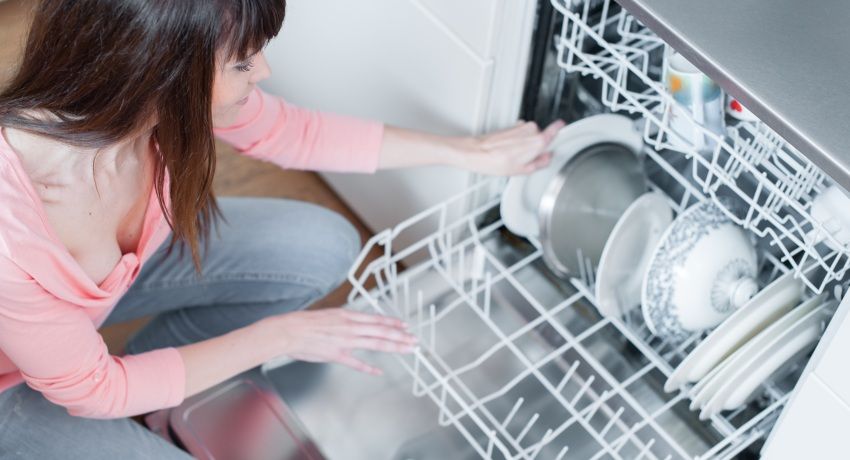Polyurethane foams are of several types, which differ in their properties. They can be used both inside and outside buildings. Although the use of this building material is widespread when installing windows and doors. The materials currently available on the market are easy to apply and dry quickly. The offer of these sealants is constantly expanding – special products for winter use are now common..
Types of polyurethane foam, how to choose polyurethane foam for solving specific problems
It is one of the most commonly used auxiliary materials on any construction site. This form of sealant is primarily used to fill empty spaces, but its practical applications are much broader. It is also used in finishing works in repair and construction. Building material is created by the reaction of gas, polyol and polyhydric alcohol.
Polyurethane foam: types of characteristics application
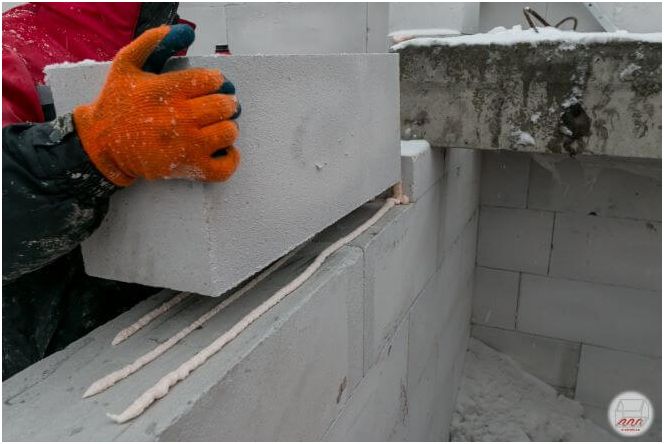
The great popularity of this building material is due to the unique performance properties that make the product indispensable in any construction.
Among the main characteristics and advantages, the following can be distinguished:
- Application as heat and sound insulator.
- High resistance to moisture, low electrical conductivity.
- Due to the performance characteristics of certain types of material, we can talk about the resistance of the sealant to fire..
- After expansion, the building material carefully fills any cracks and voids, which ensures high-quality seams and joints.
- With the help of the material, you can glue a variety of elements.
Is the material toxic?
The production of polyurethane foam is carried out by mixing two liquid components. Taking into account the manufacturing technology, manufacturers can add other substances with the help of which the quality and versatility of the sealant is increased. The first group includes polyols, which are often composed of surfactants and catalysts. Another group of substances includes components that determine the type of polyurethane produced to solve various repair and construction problems..
Polyurethane is a chemically inert substance and is therefore non-toxic under normal conditions. Despite this, the compound is classified as combustible, so it should not be stored near an open flame. During the decomposition reaction of a substance, gaseous carbon monoxide can be formed, which is toxic to humans. During the combustion of polyurethane, hydrogen cyanide is released in large quantities, which also belongs to the group of toxic substances. For this reason, in the production of polyurethane foams are often treated with fire retardants. After complete hardening, the building material is completely safe. At the same time, until the moment of complete polymerization, the consistency can pose a toxic hazard. For this reason, when using the material, it is recommended to use protective equipment..
Indoor and outdoor use
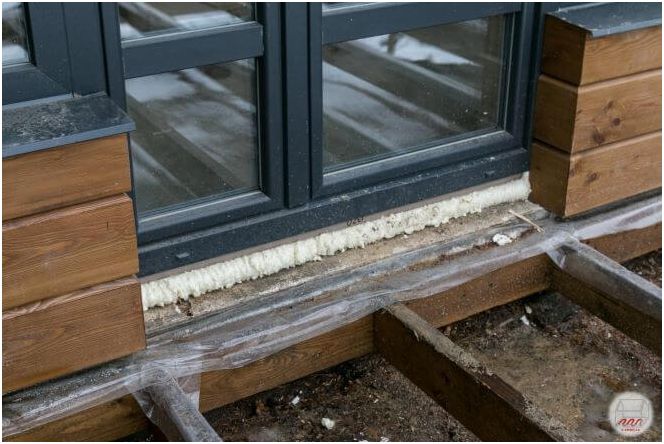
The building material can be used both inside and outside. Indoors, it is used to fill all required gaps. The most popular is polyurethane foam for doors and windows. They are used for fastening window frames. Building material can also seal windows and interconnect them. Some caulking agents are used to fill gaps between pipes and installation wires, as well as to soundproof surfaces or to insulate a roof. Polyurethane adheres very well and can therefore be used on almost any surface. Surfaces not suitable for polyurethane are Teflon and silicone. The substance simply will not hold them. When using polyurethane foam, take into account the right amount and remember that after application it increases its volume by half, so you do not need to apply more material. Once dry, the excess can be easily removed with a sharp knife.
Polyurethane foam can also be used outdoors. Pay attention to the temperature outside and the properties of a particular product, namely, at what temperature it dries and at which it hardens. The offer includes products for summer and winter use. The choice depends on the season in which construction works are carried out. Outside, the sealant can be used to fill chimney gaps and roof windows, and between externally insulated boards. This material can also embed thresholds, window sills and other household items that require quick gluing..
Waterproof and safety
Polyurethane foam is mostly moisture resistant and also impervious to water, although prolonged use may damage the top layer, but this only applies to high pressure water. Condensing water has no negative impact.
You should also be aware that many sealants are highly flammable after drying and hardening. The reasons for this are the organic compounds trapped in the foam and the air that can ignite a fire. However, there are non-flammable products on the market that are resistant to fire. They are more expensive than their counterparts, but more widely used..
Types of polyurethane foam and their application
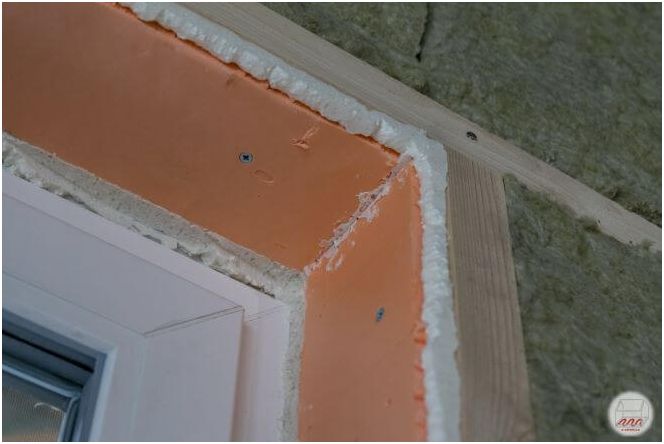
There are many different types of this sealant on the construction market, which differ in composition, have different performance properties, and are designed for a specific field of application..
Conventionally, such building materials can be divided into two categories:
- Professional. The sealant is produced in special cylinders with a ring valve, on which a mounting gun is mounted, which ensures convenient use. After screwing on the gun, the polyurethane foam is forced into the inside of the tool, where it is held by a valve. This valve is controlled by a trigger. The assembly gun allows you to apply the product to the work surface quickly and comfortably. By pressing the trigger with your finger, you can control the direction and pressure of the substance supply.
- Household. In hardware stores, such a product is easy to distinguish from a professional one. A plastic tube is included with the cylinder for household materials, with which you can carry out construction and installation work without using other special tools. In use, such cylinders are as simple as possible, but in a number of parameters, they are inferior to professional types. This sealant has a significantly higher secondary expansion rate and a lower output volume. Often, in such cylinders, the gas runs out faster than the polymer itself. Also, such a sealant is considered disposable (you need to use it quickly, since after a day, it will be unsuitable for further use). Therefore, it is recommended to purchase an assembly gun, which will make the use of cylinders comfortable..
Professional builders note that it is not worth using household building materials when carrying out serious repair and construction work (installation of windows, doors, window sills).
Also, different types of sealants can have different compositions:
- One-component. General purpose product.
- Two-component. Highly specialized foam that cannot be purchased commercially. In the production of such materials, different compositions are used, which are mixed in certain proportions..
Regardless of the temperature at which building materials are used, there are the following types of polyurethane foam:
- Summer.
- Winter.
- All-season.
In terms of composition, a sealant for winter use has many significant differences from summer options. This sealant can be used at low temperatures down to -20 ° C. When using the material at this temperature, be sure to make sure that the balloon itself has a positive temperature..
What types of polyurethane foam are available, taking into account the flammability class:
- Refractory – B1.
- Self-extinguishing – B2.
- Combustible – B3.
The best quality is the sealant, which has increased refractory properties..
Working with polyurethane foam – tips
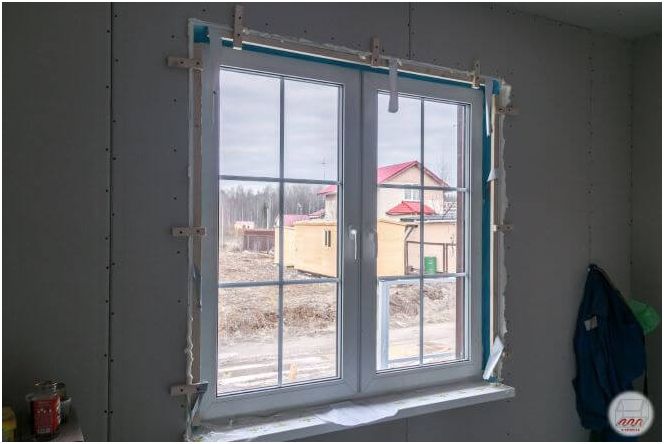
After reading the instructions attached to the product, the user can learn about the basic technology requirements recommended by the manufacturer. If you need to perform high-quality construction and installation work with an accurate calculation of the sealant consumption, builders recommend paying attention to certain subtleties in working with foam.
Among the main recommendations:
- Air humidity and temperature affect the curing period. When working indoors, the substance will take longer to harden, since the reaction depends on interaction with moisture. It will take more time to dry completely in dry microclimate.
- Saving material. In such works, it is recommended to use building materials with a minimum expansion coefficient. This allows the sealant to be applied more gently and saves on removal of foam residues..
- Storage. Builders recommend storing a gun with foam residues for no more than 5 days..
- Buying a pistol. If you need to purchase a gun for a bottle of sealant, then it must be durable, made of quality metal. If the tool is made of plastic, then such elements are subject to rapid wear, which causes the gun to fail. Among the demanded products are stainless steel. A high-quality pistol necessarily has a regulator, with which you can independently set the intensity of the foam.
- Cleaner. When buying a cylinder and a pistol, do not spare the money to purchase a cleaner, with which the tool is cleaned, as well as removing foam residues from surfaces. Such compositions can be created at home..
- The size of the slots. When working with a sealant, it is not recommended to fill gaps larger than 5 cm.Owing to this, it will be more difficult for you to understand how quickly the material is consumed, as well as how much foam is required to carry out the work..
- Removing seals from clothing. If in the process of work the sealant gets on clothes or open areas of the body, then it is better to remove the composition before it dries. Otherwise, defects are eliminated using a mechanical method..
Despite the fact that such building materials are universal, not all builders will recommend them for outdoor work..
How much polyurethane foam dries?
Low pressure products are stable and have high efficiency. Its advantage is its short curing time. Further processing can begin in about an hour. The product has excellent adhesion to wood, aluminum, PVC and other metals, masonry and glass surfaces. On the other hand, a high-pressure sealant hardens for a rather long time, you need to wait two hours or even more to carry out the next repair or construction work. This is undoubtedly his disadvantage..
As you can see, polyurethane foam has many uses in construction. As a rule, it is used to fill empty gaps, it facilitates the installation of windows, doors or other trim elements. Currently, the choice of this form of foam on the Polish market is very wide..
Mounting foam types and purpose: what to look for when buying
On the construction market there are various types of similar sealants, which differ in the amount of ingredients, temperature, method of application. When choosing, it is worth knowing that one-component foams are used for simple jobs, and two-component foams are used for more complex jobs. On the shelves of building stores are materials for window installation, high or low pressure sealants, as well as materials for winter use..
It is impossible to assess the quality of building materials directly in the store. But there are signs, taking into account which even a beginner in construction will be able to buy quality products:
- The quality of the sealant depends on its freshness, so pay attention to the expiration date of the material, which is indicated on the bottle..
- There should be no scratches or dents on the product. If they are available, it can be concluded that the building material was stored poorly, which may cause problems with the use.
- In the store, you can shake the can to feel how easily and quickly the liquid rolls over. In a situation where the components sink to the bottom, it can be concluded that the solidification process has begun. This indicates a low quality of the product..
- It feels like the balloon should weigh more than what is indicated on the back. For example, if the container has a capacity of 500 ml, then it must weigh more than 500 grams. If the balloon feels lighter, you get less material.
With such an inspection, you will be able to independently distinguish a high-quality product from a low-quality one and refuse to buy fake polyurethane foam..
